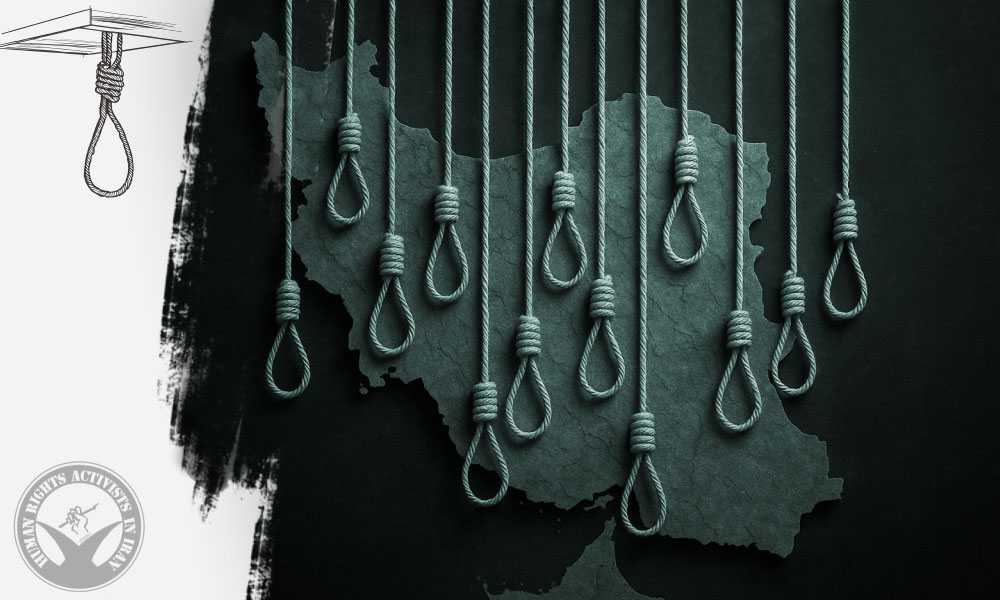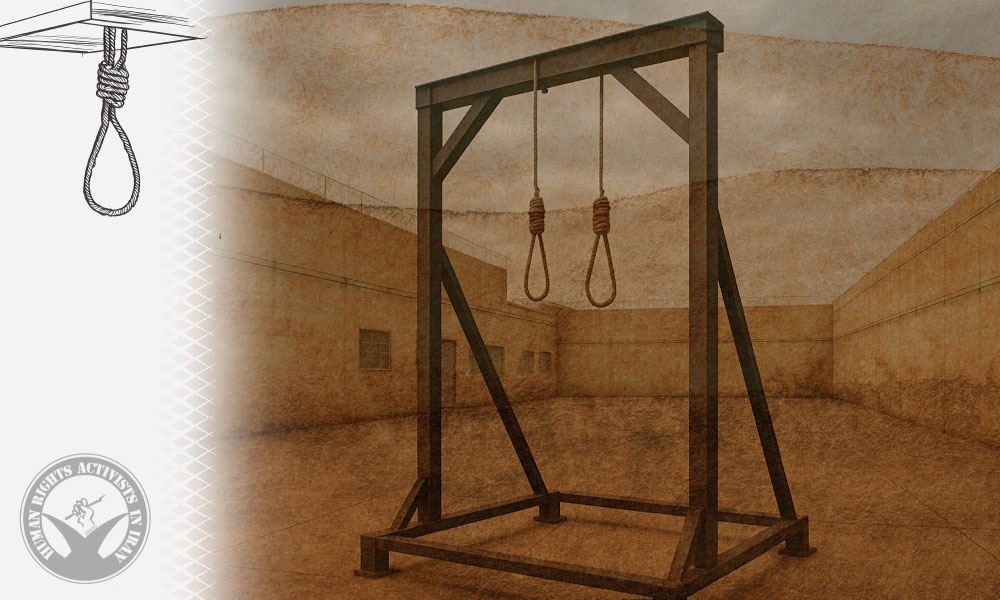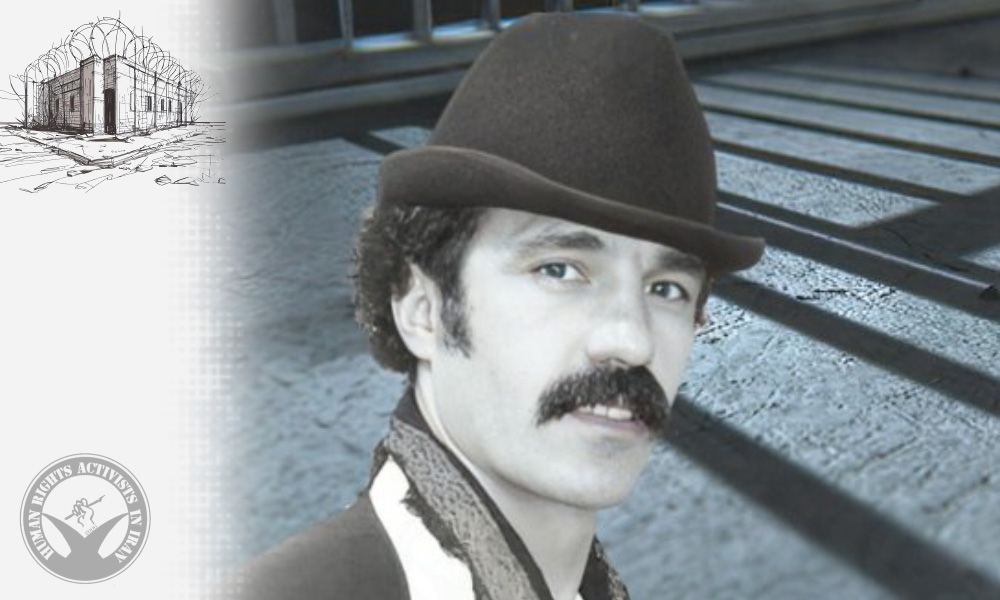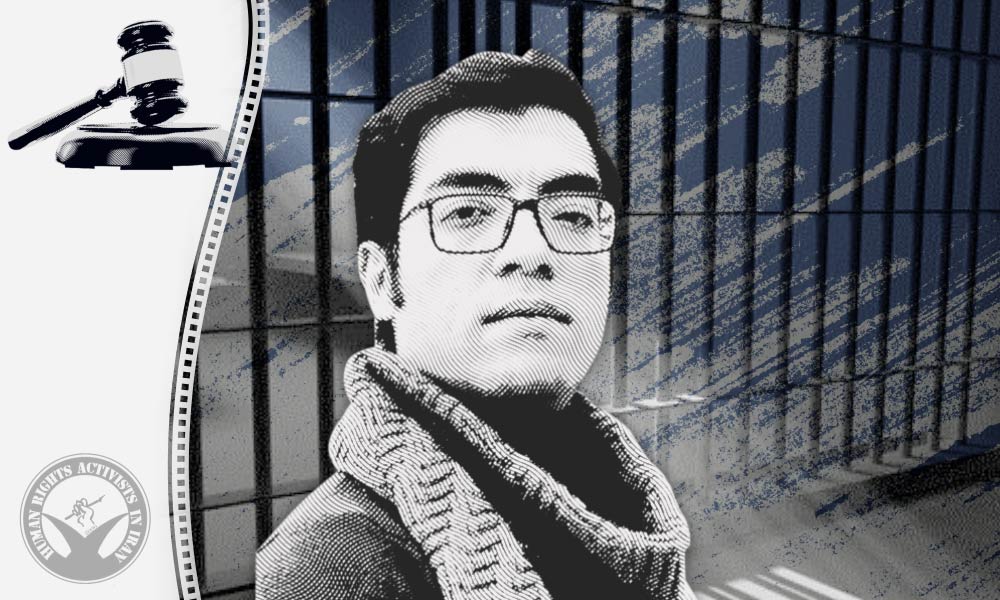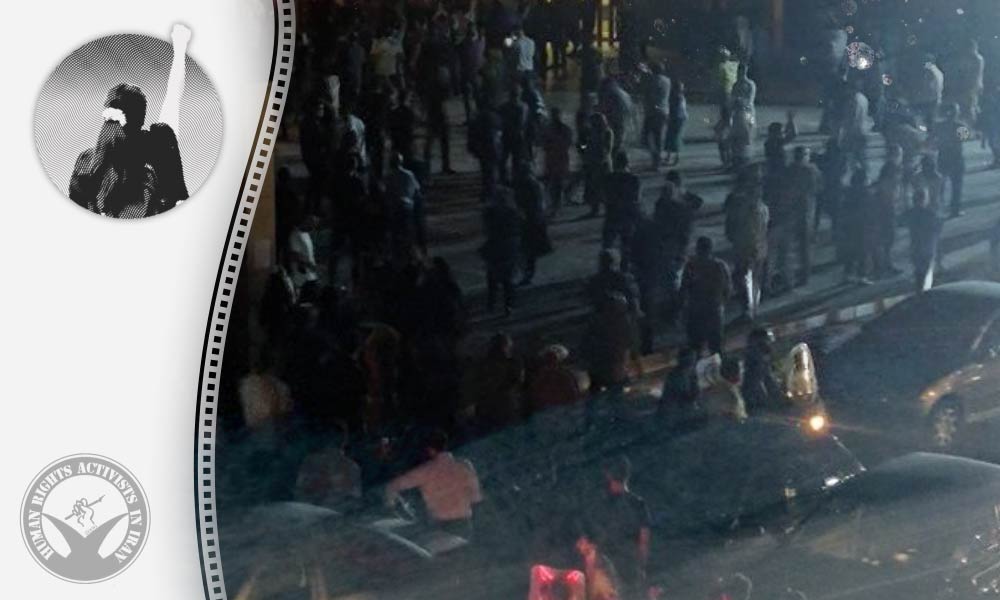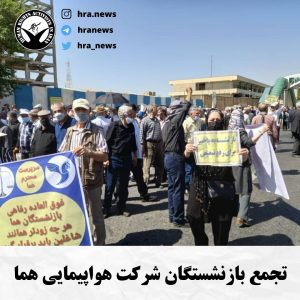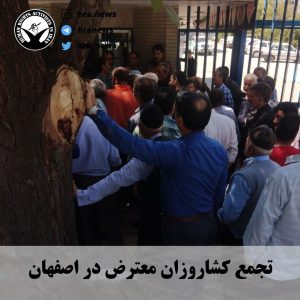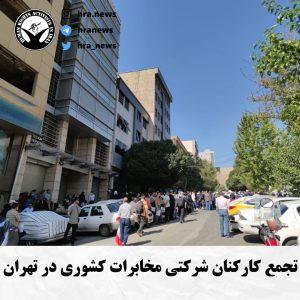HRANA – Over the past two days, according to reports by HRANA and other human rights organizations, at least 27 prisoners have been executed in various prisons across Iran. Additional executions were also reported in the preceding days.
Wednesday, December 24:
HRANA reported the execution of the following individuals on this day:
• Zahra Khanzadeh and Amir Azizi, on drug-related charges, in Mashhad Prison
• Noushad Kazemian, on drug-related charges, in Malayer Prison
• Yarmohammad Saljouqi, on drug-related charges, in Taybad Prison
• Jahanshah Rashidian, on drug-related charges, in Damghan Prison
• Nazir (last name unknown), a citizen of Afghanistan, and Ayoub Dehghani, on drug-related charges, in Adel-Abad Prison in Shiraz
• Nemat Khosravi, on drug-related charges, in Kashmar Prison
• Noureddin Panahi, on charges of murder, in Bushehr Prison
• Saoud Moradi, Yaqub Masoumi, Mohammad Mehdi Adavi, and Ebrahim Alizadeh, on charges of murder, in Ghezel Hesar Prison, Karaj
• Mohammad Nourian, on charges of murder, in Shahrekord Prison
• Behrouz Sheikhi, on charges of murder, in Behbahan Prison
• Khodakaram Safapour, on charges of murder, in Sabzevar Prison
• (First name unknown) Rastegari, on charges of murder, in Mahabad Prison
Additionally, Hirkani News reported the execution of a 23-year-old prisoner named Mehdi Rajabali-Zadeh, on charges of murder during a group fight, in Lakan Prison in Rasht.
Tuesday, December 23:
According to HRANA, the death sentences of the following individuals were carried out:
• Manouchehr Mahaki, on charges of murder, in Jiroft Prison
• Two prisoners of unknown identity, on charges of murder, in Chabahar Prison
• Sepehr Moradi, on charges of murder, in Mahshahr Prison
• Pejman Saeedi, on charges of murder, in Borazjan Prison
• Yazdan Joozipour, on drug-related charges, in Yazd Prison
In addition, a news agency affiliated with the IRGC reported the execution of two prisoners on charges of rape in Qaemshahr Prison. The identities of those executed were not disclosed.
Other reported executions:
Beyond the executions listed above, Iran Human Rights reported the execution of a 41-year-old woman named Mahdieh Keyhani, on charges of murder, in Hamedan Prison on Sunday, December 21.
In another report, on Monday, December 22, three prisoners named Aydin Nourzad, Mohammadreza Madadi (approximately 30 years old), and Kazem Hamidi (40 years old) were executed. According to the report, Mr. Madadi had been arrested two years earlier on drug-related charges and was later sentenced to death by the Revolutionary Court. Mr. Hamidi had been arrested four years earlier on charges of murder in a street altercation and was subsequently sentenced to death by a criminal court.
In a separate report by Iran Human Rights, on Tuesday, December 23, a 46-year-old prisoner named Houshang Amiri was executed on charges of murder in Nishapur Prison.




